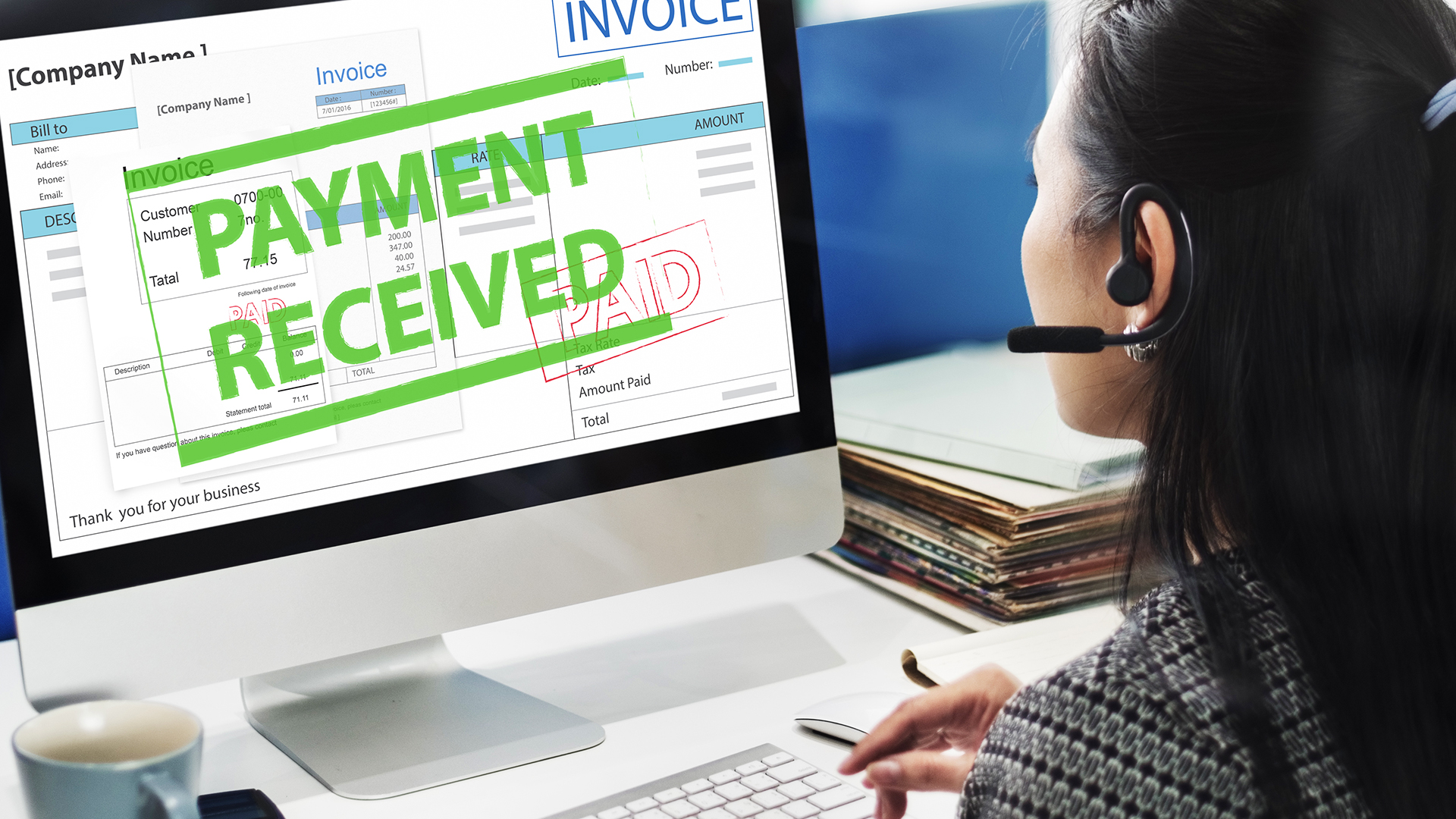An accounts receivable aging report organizes all unpaid customer invoices based on how long they have been outstanding. The report is generally divided into intervals that help practices in monitoring receivables in a timely manner which ultimately helps practice owners identify why their revenue may be going down. Accounts receivable aging reports also help track their outstanding payments from clients which helps them identify those clients who are becoming credit risks. Practices aim to provide treatments and other services and receive timely payments. Hence, they must always keep track of their receivables and stay on top of who owes them to maintain their financial health.
How to prepare accounts receivable aging reports
An AR aging report is generally prepared by listing the names of the patients, the amount of money they owe the practice at different time intervals, and the total of all the outstanding balances. It is also called an aging schedule because all the outstanding dues from clients are duly segregated and divided into different time intervals based on their due dates.
- Review open invoices
The best way to start preparing the report is by reviewing all the outstanding invoices of the practice to get a complete financial picture of the practice at the end of the report.
- Categorization based on the aging schedule
The next step is to sort all the invoices by patient name and subsequently itemize each client’s invoice. The invoices are then sorted out by invoice date or number.
- Customer list with outstanding invoices
Once the invoices have been sorted and categorized, the next step to follow is the creation of a list of clients with outstanding invoice balances. These client details are included in the final accounts receivable aging report.
- List customers based on the number of days outstanding
Finally, the clients are listed on the accounts receivable aging report based on the number of days due on their invoices.
Importance of Accounts Receivable Aging Reports
- Stay on top of your billings
Accounts receivable aging reports allow a practice to identify those patients who repeatedly fail to pay their invoices. The practice is then able to contact these patients to follow up on their dues, allowing the practice to stay in a tight loop with its billing and collection processes. With regular follow-up, late payments can be prevented and bad debt occurrences can be significantly reduced. - Suspend ties with arduous clients
Accounts receivable aging reports give you a clear picture of your good and bad clients and ultimately help you identify the clients the practice needs to sever ties with to prevent losses. It is always a good idea to let go of clients who constantly fail or struggle to pay their dues. - Maintain healthy cash flow
Delayed payments can be problematic for practices for several reasons, including causing a disruption in its cash flow. A healthy cash flow is essential for running a successful practice. Practice can incur tremendous losses and eventually fail when clients stop paying or due to mismanaged cash flows.
An accounts receivable aging report allows the practice to identify issues in the accounts receivable. Based on these, the practice can then take steps to remedy those problems, such as getting clients to pay their dues faster or preventing issues in cash flow. - Identify risks of bad credit
The AR aging report method can help the practice estimate its uncollectible debts, be it for one reason or another. This figure can then be used as the end balance of allowance for all the doubtful accounts for the practice. It is observed that the longer accounts receivables remain outstanding, the lesser likely it is that the practice will be able to collect them. The adjusted journal entries for these bad debt expenses can later serve as a reference source to identify bad credit risks early and avoid them. - Improve your collection process
AR aging reports allow a practice to analyze its collection process. For instance, numerous old accounts receivables, mostly clocking over 60 or 90 days, may indicate that the practice may be weak in its collection process. Therefore taking note of such trends from the AR aging reports, can help remedy the situation by making changes and adjustments in the practice’s collection practices, making sure invoices are sent correctly, or hiring a debt collection agency. - Alter your credit policies
AR aging reports are helpful in identifying those clients who are lagging behind on payments. If these clients are few in number, then the appropriate actions are taken on a case-to-case basis. However, if repeated instances of a similar trend are observed in multiple clients, it clearly indicates an issue with the existing credit policy. In such a scenario, appropriate research needs to be done and the credit risk and policy of the practice need to be compared with the industry standards to check for the need to make adjustments.


